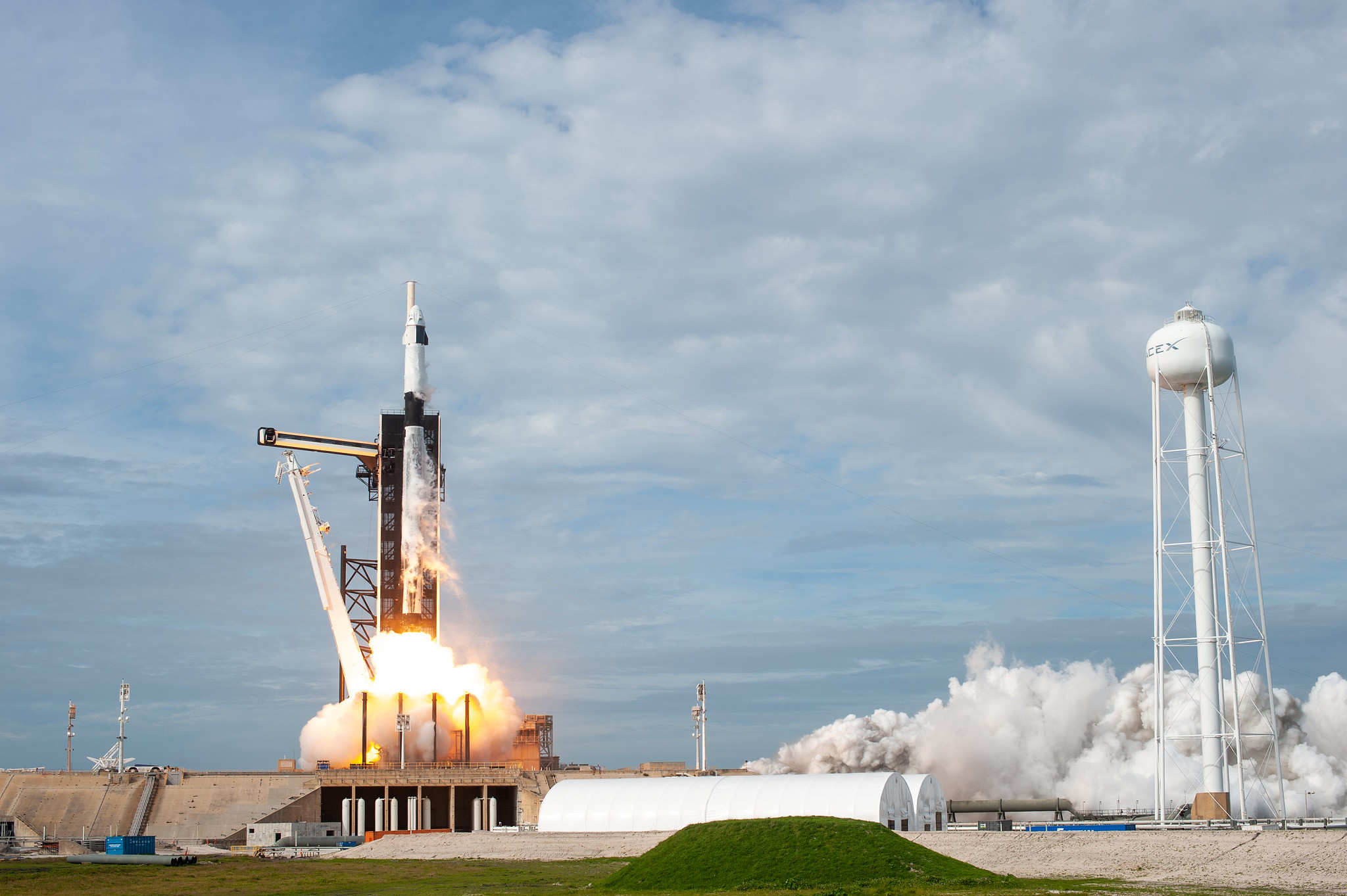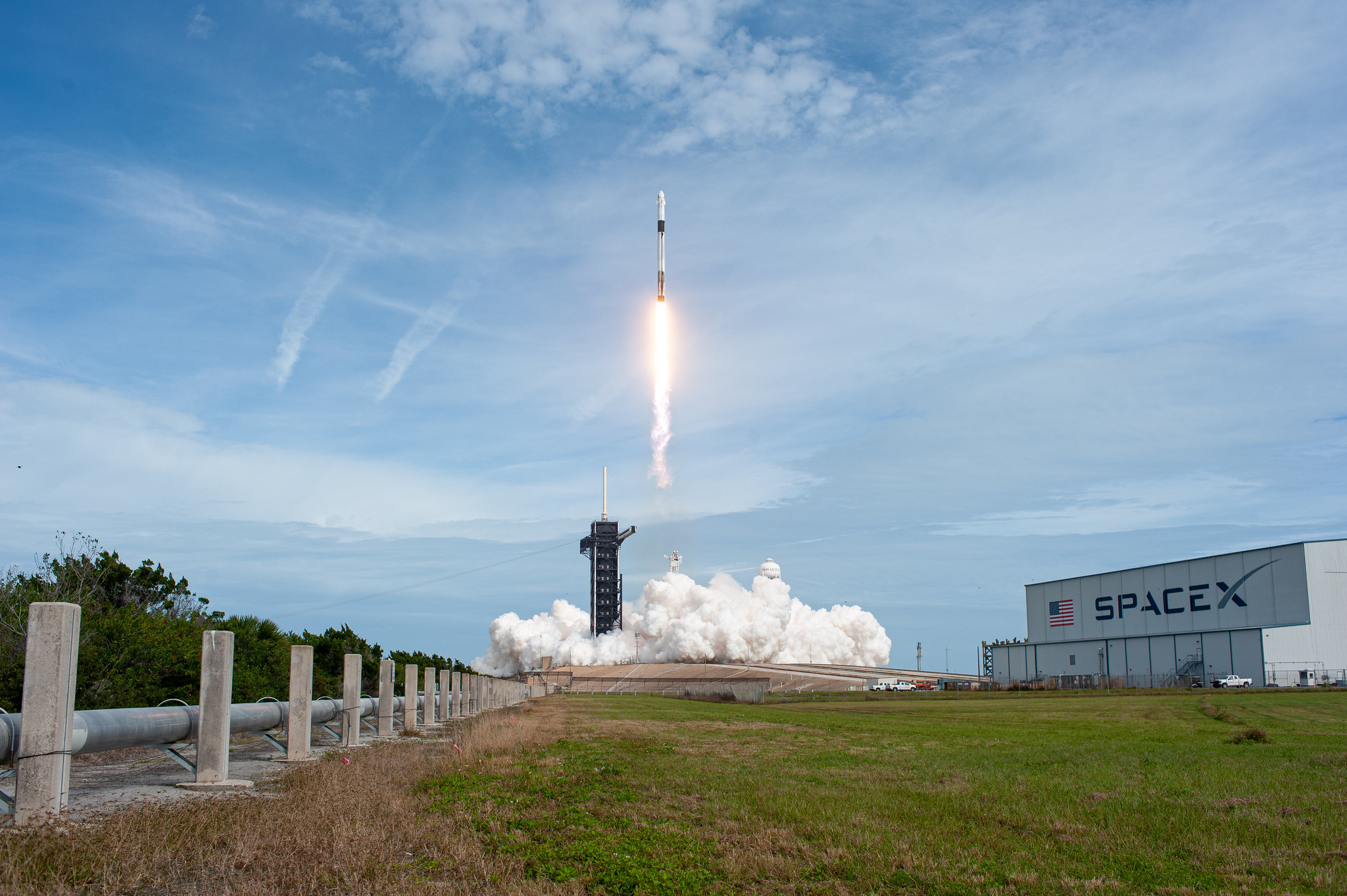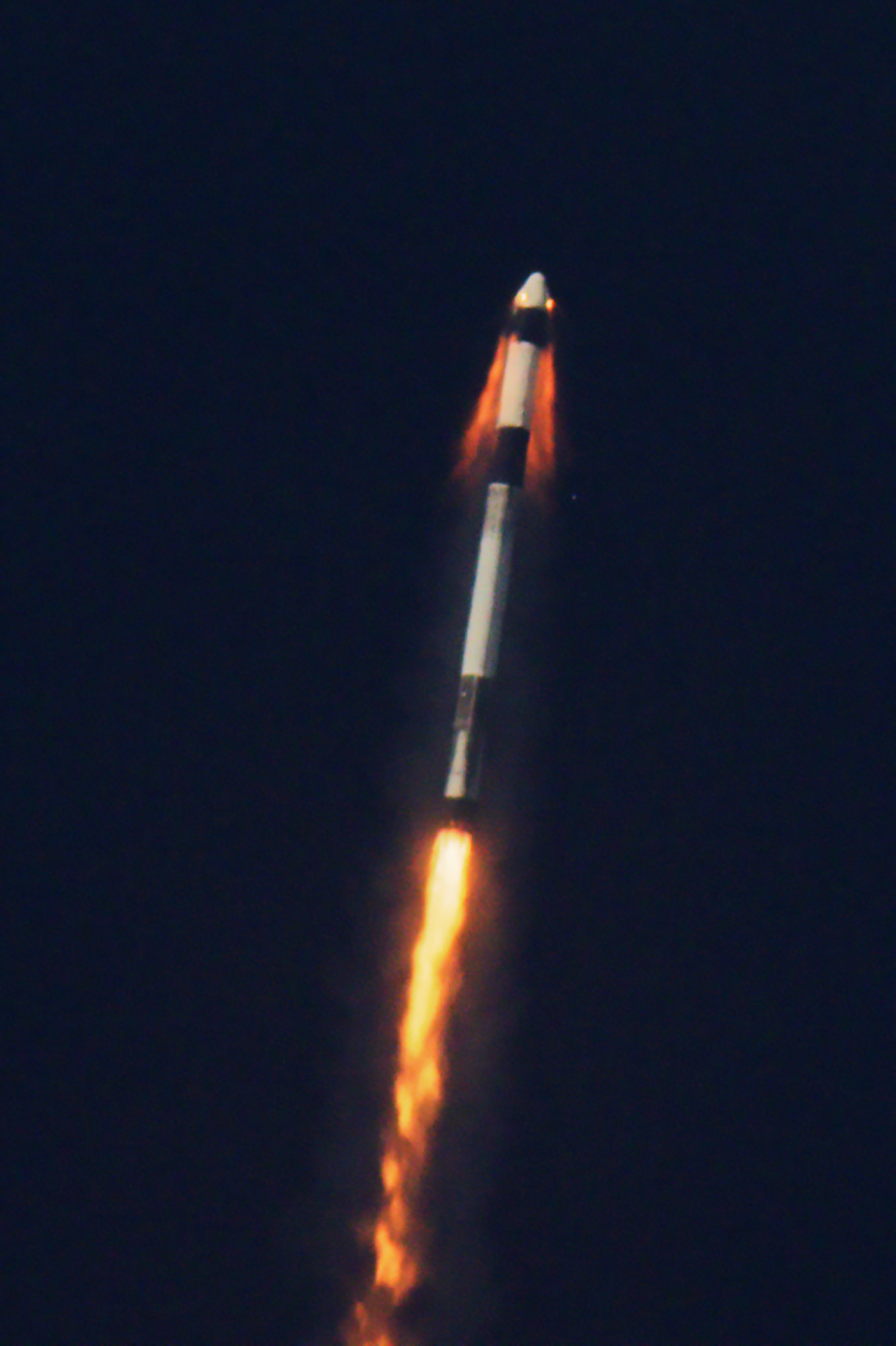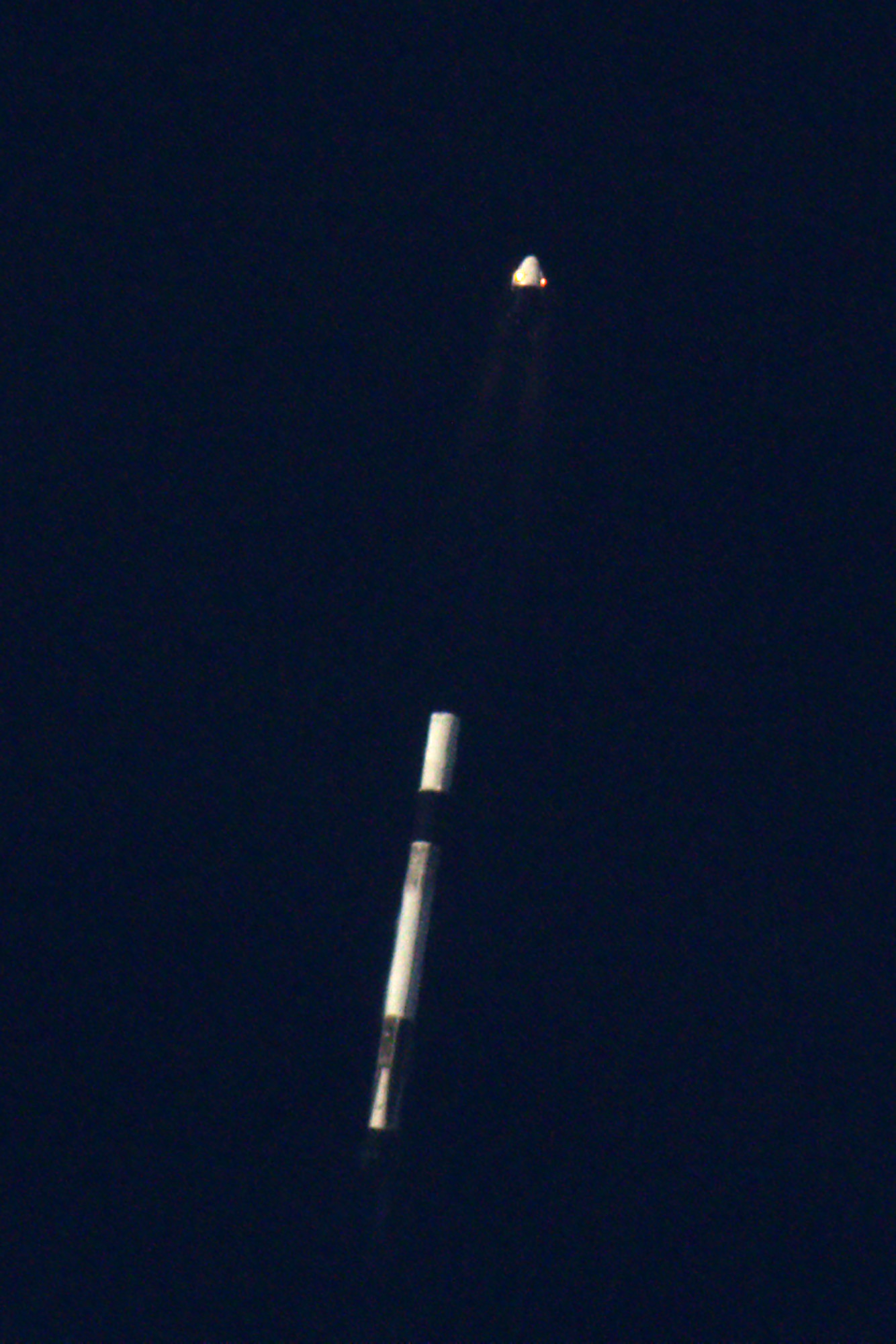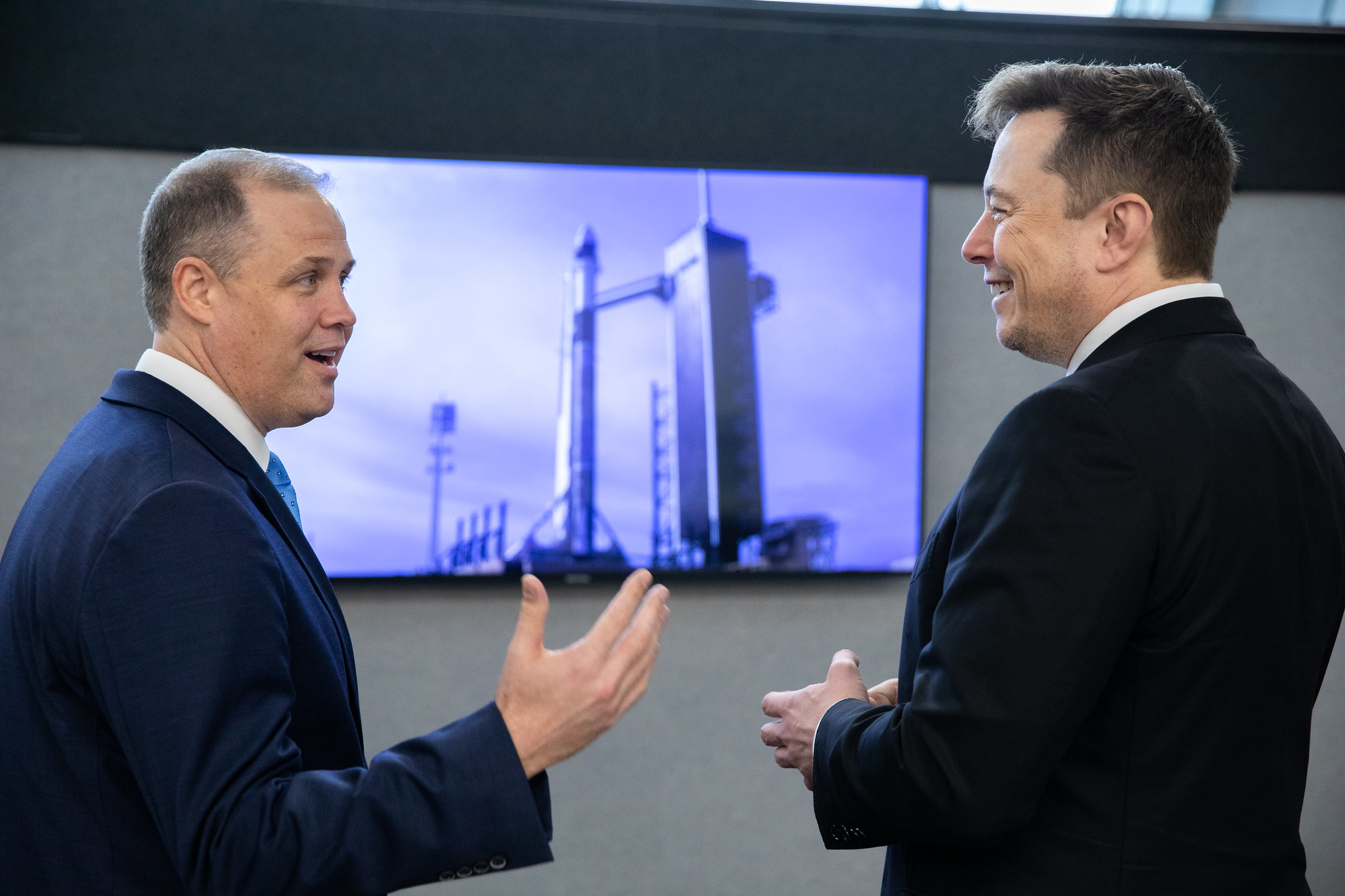These photos of SpaceX's Crew Dragon abort launch are just stunning
That's one amazing view.
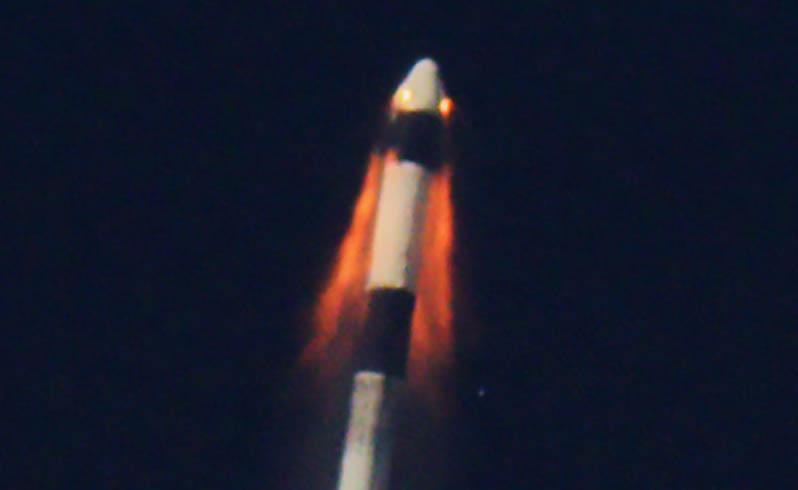
On Sunday (Jan. 19), SpaceX's Crew Dragon launched on a brilliant a high-altitude test of its launch escape system.
SpaceX founder and CEO Elon Musk called the in-flight abort test flight "picture perfect," and, in looking at the stunning images of the test, he was absolutely right. Following a weather delay, Crew Dragon lifted off at 10:30 a.m. EST (1430 GMT) atop a Falcon 9 rocket from Launch Complex 39A at NASA's Kennedy Space Center in Florida.
With the test, SpaceX successfully (and intentionally) destroyed one of its Falcon 9 rockets to show that, if there were a launch anomaly, the capsule could still safely return to Earth with its crew still aboard and unharmed. The rocket exploded, Crew Dragon's parachutes opened and the craft landed safely back on Earth. And the cherry on top? The photos of the test launch are absolutely amazing.
More photos: SpaceX's amazing Crew Dragon in-flight abort test launch
Related: The Launch Abort Systems of SpaceX and Boeing Explained
With the test mission successfully completed, Musk did not hide his excitement. "I'm super fired up. This is great," he said about the launch. "It's really great."
The successful completion of this in-flight abort test was the last major hurdle that SpaceX had to jump over before they could begin to plan to launch their first crewed mission to the International Space Station. Following this mission, Musk has stated that he aims for the first astronauts to fly to space aboard Crew Dragon to make the inaugural flight this upcoming spring, 2020.
"We're highly confident that the hardware will be ready in Q1, most likely end of February but no later than March," Musk said, referring to the first quarter of 2020. "And we think it appears probable that the first crewed launch would occur in the second quarter."
Breaking space news, the latest updates on rocket launches, skywatching events and more!
- SpaceX's Crew Dragon Demo-1 Test Flight in Pictures
- Watch How SpaceX's Crew Dragon Will Launch Astronauts to Space
- SpaceX Fires Up Rocket in Prep for 1st Astronaut Launch
Follow Chelsea Gohd on Twitter @chelsea_gohd. Follow us on Twitter @Spacedotcom and on Facebook.


Chelsea “Foxanne” Gohd joined Space.com in 2018 and is now a Senior Writer, writing about everything from climate change to planetary science and human spaceflight in both articles and on-camera in videos. With a degree in Public Health and biological sciences, Chelsea has written and worked for institutions including the American Museum of Natural History, Scientific American, Discover Magazine Blog, Astronomy Magazine and Live Science. When not writing, editing or filming something space-y, Chelsea "Foxanne" Gohd is writing music and performing as Foxanne, even launching a song to space in 2021 with Inspiration4. You can follow her on Twitter @chelsea_gohd and @foxannemusic.
